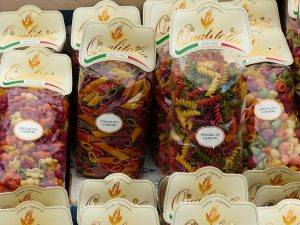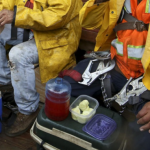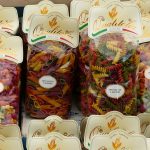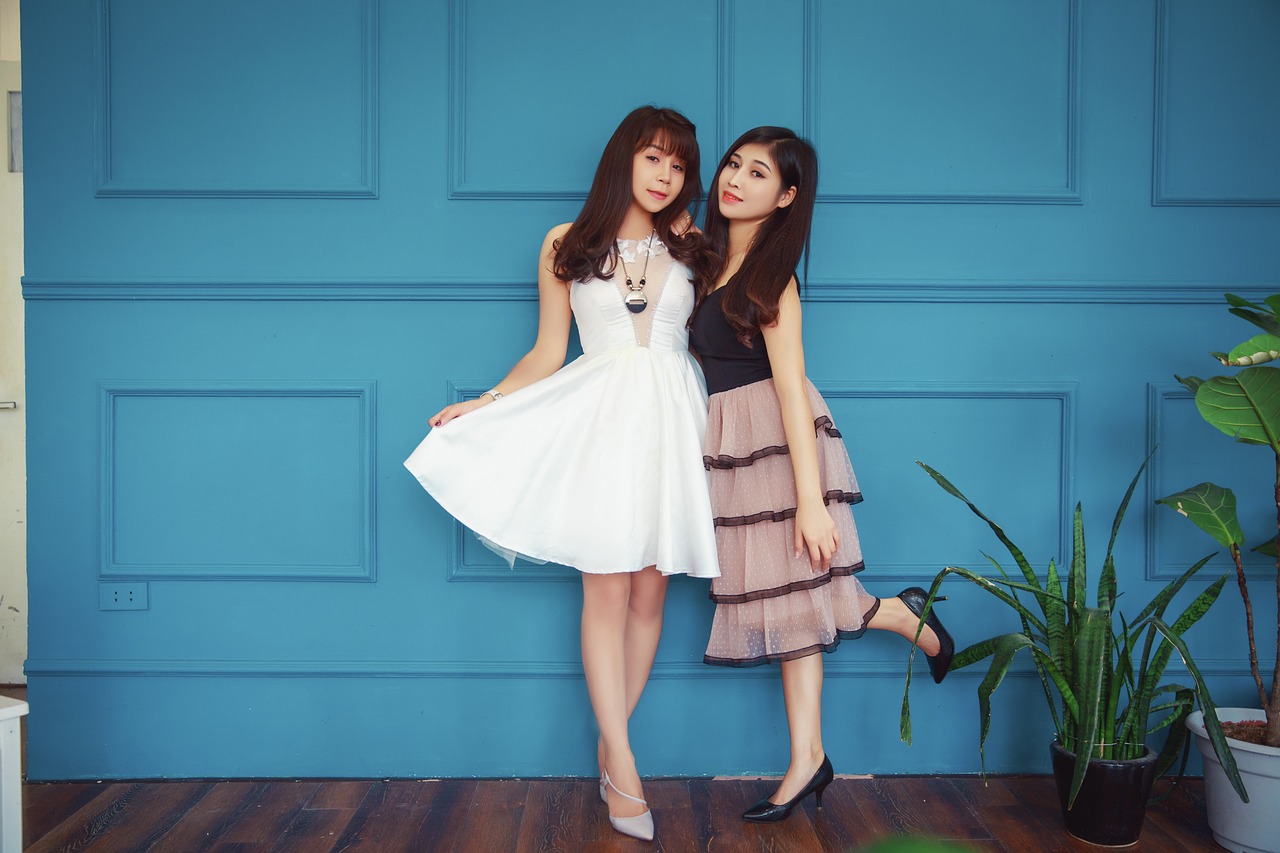
Clothing throughout the Important dynasties
Everything comes to mind whenever you imagine of conventional Oriental clothing? Inside the following informative article, we are going to learn more about the different manners of apparel which have existed through the duration of each of China’s key dynasties, the traditional dress of China’s cultural minorities, and the role of traditional Chinese clothes at modern day China.
China notoriously has an extensive history teeming with various distinctive dynasties, just about every specific and influential in their way. However, there Are a Couple that really stand out when it comes to the Evolution of traditional Chinese clothing: The Han dynasty (206 BCE-220 CE) was China’s 2nd royal dynasty and has been an age of financial riches. It is looked upon among the most powerful and powerful dynasties in Chinese history.
Even to day when folks consider this Chinese, they usually think of these Han persons. The Han (汉族 hànzú) would be the dominant ethnic group in China, and consequently Chinese characters have been known as Han personalities (汉字 hànzì). Similarly, the Mandarin vocabulary is popularly known as the Han language (汉语 hànyǔ) and conventional Oriental clothes is known as Han clothes (汉服 hànfú).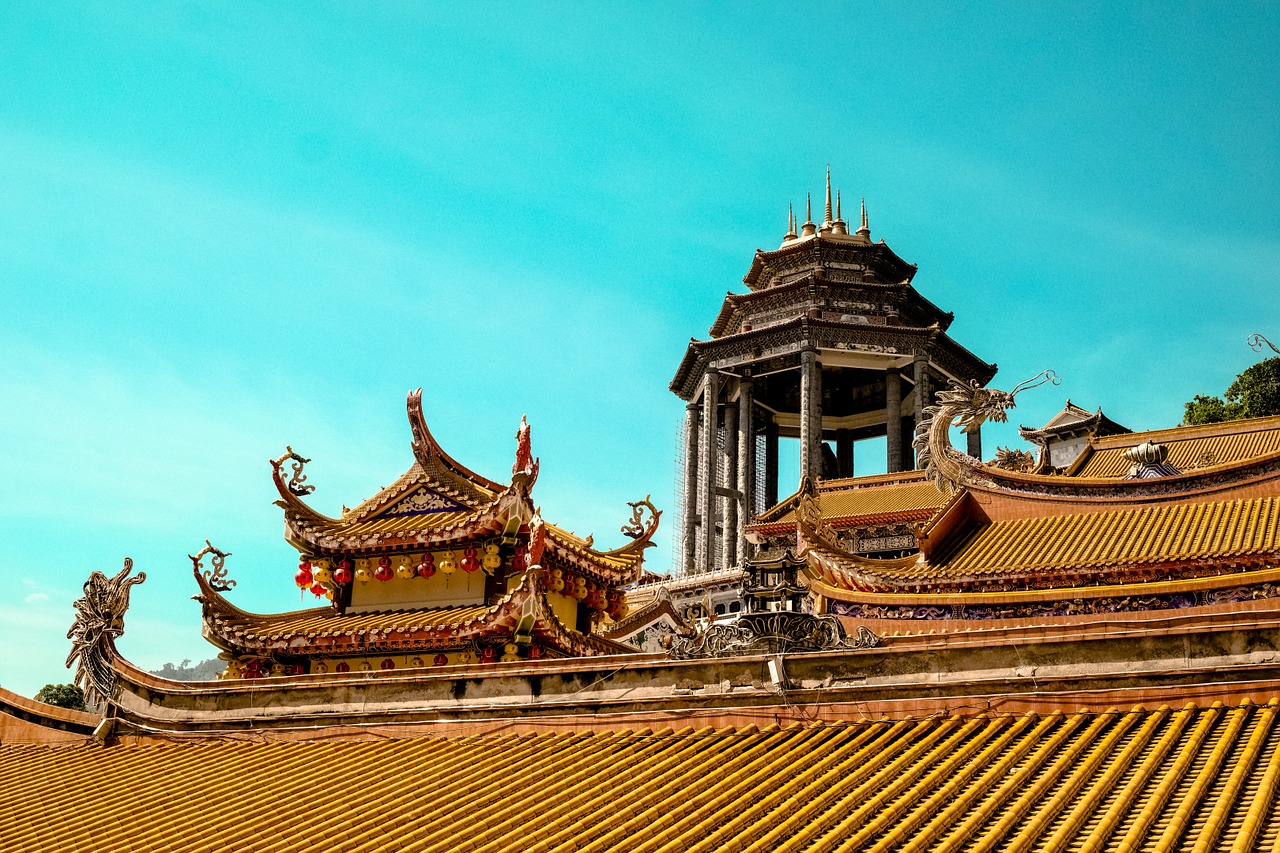
Throughout the Han dynasty, clothes layouts and styles are more or less same for men and women. To distinguish among the genders, various colours, fabrics and ornaments were all used. The age has been famous because of the”dim design,” that used black and red colored fabrics.
Traditional Chinese clothes, referred to as Hanfu costume, dates all the way back into the Han dynasty. Characteristics of Han apparel comprise very broad sleeves and a loose layered appearance, together with clothes normally comprising a few garments, chiefly a loose receptive cross-collar outfit, a long wrap skirt plus also an open cross-collar ply utilized while the outer garment and wrapped across the waist.
There were two main kinds of robes: that the curved hem robe (曲裾袍 qūjūpáo) along with the straight hem robe (直裾袍 zhíjūpáo).
Tang dynasty
Even the Tang dynasty (618-907 CE) is often considered among the most rewarding and culturally significant times in history. Thanks to flourishing global trade with neighboring states via the Silk Road, Indian, Persian and even western civilization has been incorporated right into Chinese civilization.
As additional cloths and also fresh dyes have been introduced in neighboring nations, an ideal chance was created to facilitate a big change in traditional style.
Tang dynasty styles reflected that the flourishing, cosmopolitan temperament of the age. Tang fashions were very colorful, and also people put a lot of consideration into their outfits. The principal resources used were wool, lace and linen, with all the latter representing elevated position. Crochet lace was exclusively allowed for the noble category due to its price.
Gold and yellow were the exceptional colours of their emperor and imperial family members, also evolved to symbols of imperial power. Other colors might be freely employed by all social groups.
Generally, girls usually wore long sleeved tops with large collars and sleeves which demonstrated their cleavage. These tops, which were considered quite daring and revealing in comparison with preceding dynastic fashion trends, had been tucked right into very long flowy skirts embellished with geometric designs and fastened by means of a sash tied across the chest.
Unbiased Tang dynasty ladies wore clothes that has been considered revealing and daring during the time.
Makeup during this era was likewise quite bold, with drawn-on eyebrows, then lead facial powder to produce the illusion of very white skin, and also flower-like styles painted between the brows.
Adult men’s clothing proved to be a continuation of these fashions found from the Han dynasty, however using increased selections. Daily outfits consisted of solid-colored robes with curved collars, usually accompanied with leather belts and boots.
Ming-dCynasty
During China’s dynastic history, there were intervals in which a few parts or all of imperial China were dominated by non‐Han peoples, largely from Manchuria or Mongolia.
The beginning of Ming dynasty represented a recovery of Han control, which one leading aim of this Ming ruling class was supposed to promote Han civilization and enhance the Han people’s sense of individuality inside the new regimen. For that reason, clothes fashions closely resembled that which were found in the Han dynasty, albeit with a spin — removing the influence of foreigners and ethnic minorities.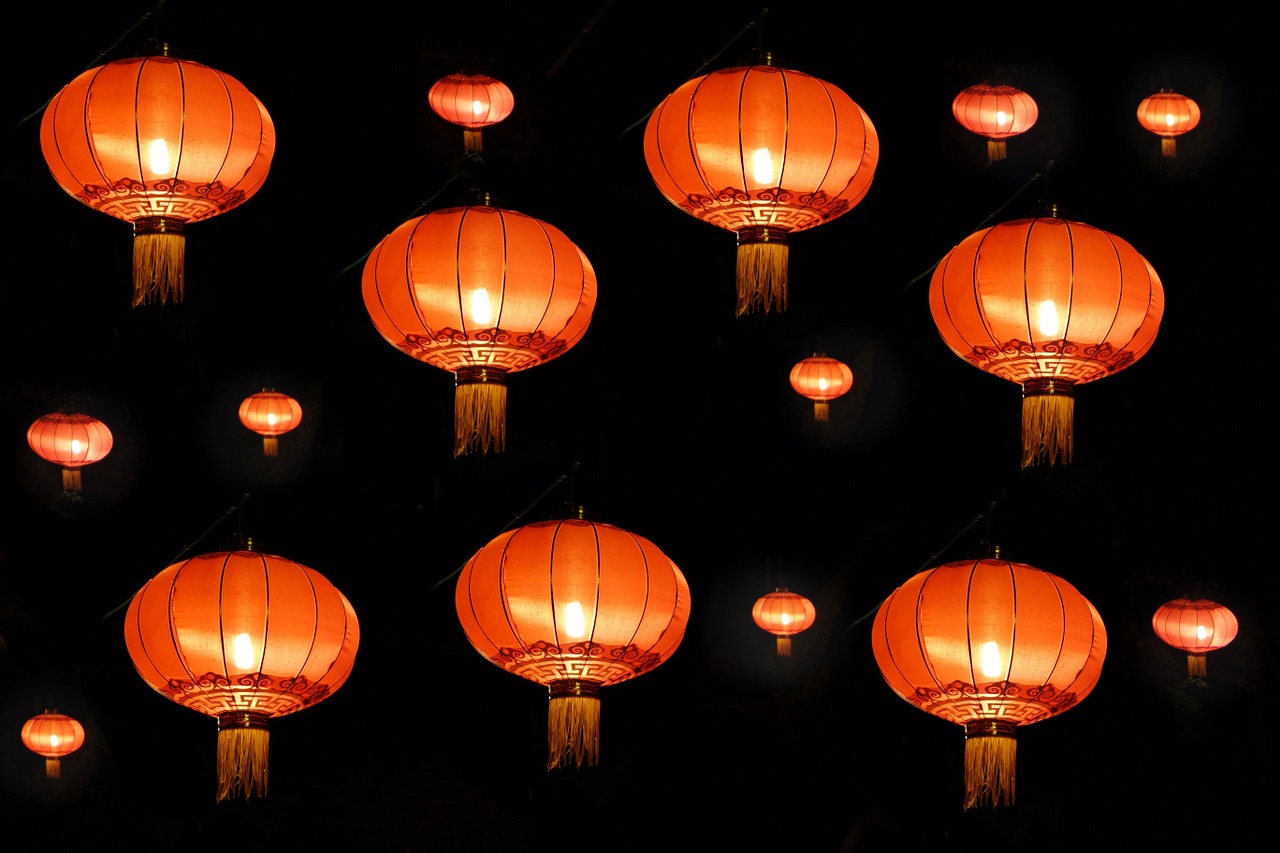
Ming-dynasty fashions were similar to all those of the Han.
Adult men’s manner revolved round square collars and patterns which were used to distinguish among social standing and class. Such patterns or”markings” consisted chiefly of distinct layouts featuring animals, plants, and geometric patterns.
Men normally wore their own hair in a bun and officials wore a futou (襆头 fútóu), that had been a black hat with just two wing-like flaps made of skinny, oval shaped boards on each side.
Ladies’s outfits became modest throughout the Ming. Most ladies wore a pre-determined length shirt garment on a floor-length skirt. This outfit helped create the illusion of the elongated shape.
The other kind of style was that the (袄裙 ǎoqún), a pleated skirt paired using a cross-collar cotton top that stretched below the waist. Mild and pale colors have been exceptionally common.
Females’s fashions through the Ming have been more modest and usually featured pale colors and cross-collar shirts.
Embroidered capes also became part of this outfit for men and women’s clothing. Usually, these capes had a directly collar using sleeves that are open.
Qing dynasty
From the seventeenth century, the most Manchu individuals overthrew China’s Ming dynasty and established in its area the Qing dynasty (1636-1912 C E ).
The Qing dynasty was dominated by the Manchus, a non-Han cultural group whose classic clothing tastes shaped manner trends in this age.
The Qing dynasty apparel system was exceptionally challenging and came with plenty of distinct rules and regulations. During this dynasty, a gown easily shown the wearer’s status. Even the dynasty’s coloration was yellow, and this vibrant color was earmarked only for that royal family members room.
Qing dynasty fashion was largely influenced by the cavalry outfits of their Manchu horsemen.
Men normally wore a tangzhuang (唐裝 tángzhuāng), a kind of coat with a directly collar motivated by the original three-quarter-length riding jackets of the Manchu horsemen. This was often paired using an ankle-length wrap skirt. Manchu adult males also shaved the front portion of these own hair, leaving the rest in a braid that hung behind their minds (called a strand ).
Qing dynasty officers, such as Li Hung-chang (pictured here), wore garments influenced with their Manchu ancestors.
In the beginning, the Qing dynasty was very stern as it came into garments principles, and many Han Chinese had been pressured to adopt the Manchu male hairstyle and garments or experience the death penalty. But this later became a principle related only for those who served as scholars or officials, and perhaps not average men and women.
Manchu girls traditionally grew their hair long in prep for marriage, and married girls had a broad selection of hairstyles to select out of — the very typical one being the Liangbatou (两把头 liǎngbǎtóu), which had been the lace embraced by Empress Dowager Cixi. This model contains the tall headdress that’d 2 handfuls of hair parted to each and every facet of their head and decorated with flowers and ornaments.
Unlike the guys, Han ladies have been authorized to utilize the Han-style clothes from the Ming dynasty and did not need to wear the conventional Manchu hairstyle for all women. The everyday apparel style for ladies from wealthier families contains a side or front-fastening gown using a canning pleated apron skirt.
Throughout the Qing dynasty, non-Manchu girls have been free to utilize Han-style clothing, and most failed.
When many people think about traditional Chinese clothes for women, they usually consider the qipao (旗袍 qípáo), also called the cheongsam. The qipao includes its own origins within the Qing dynasty and was the dress of those Manchu females. Nevertheless, that the qipao failed to become common in Hong Kong and Shanghai until the 1920’s, after the collapse of the Qing dynasty.
Conventional clothing of additional ethnic minorities
Today, the People’s Republic of China officially recognizes 55 distinct cultural minority classes along with the Han. So the Chinese attire also includes a large selection of apparel worn by most members of different Chinese cultural minority groups. A number of these minority clothing styles are still widely available now, notably in rural places. Here Are Some examples:

